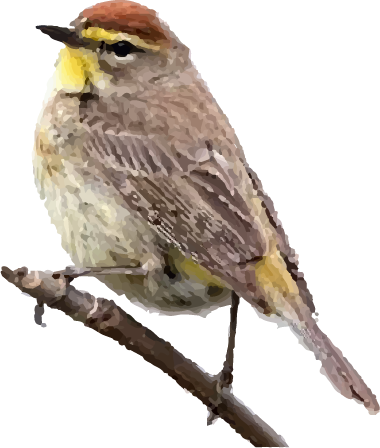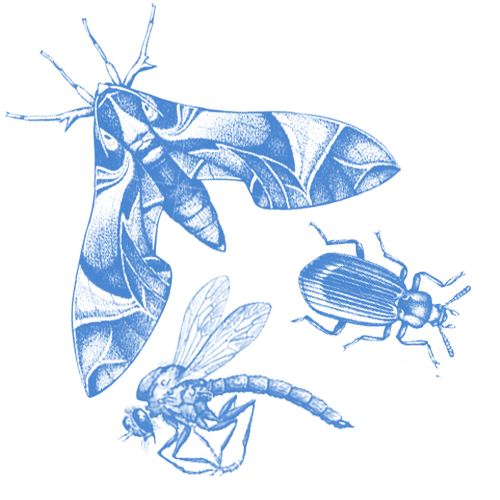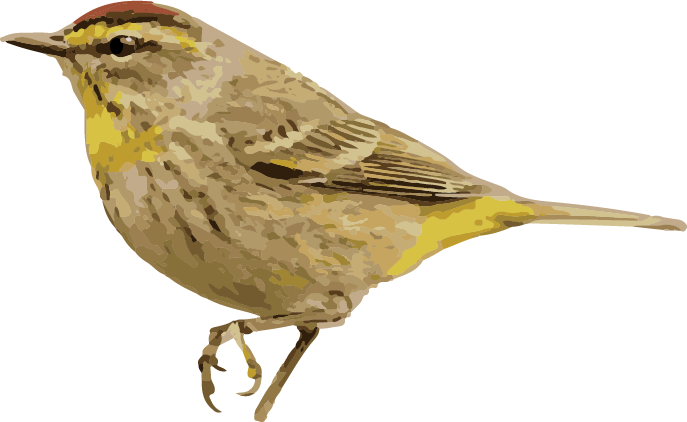








A warbler that doesn’t act like one, the Palm Warbler spends its time walking on the ground, wagging its tail up and down. This brownish-olive bird has a bright rusty cap and a bold pale eyebrow stripe. They breed mainly in Canada’s boreal forest, but most people see them during migration or on wintering grounds foraging in open areas. You may see two forms: an eastern subspecies that’s bright yellow below, and a more western subspecies with a pale belly.
Palm Warblers primarily eat insects including beetles, flies, and caterpillars. During the winter they also eat seeds and berries such as bayberry, sea grape, and hawthorn when available. They pick most insects from the ground or low shrubs, but they also nab a few insects in midair.
Palm Warblers breed in bogs and areas with scattered evergreen trees and thick ground cover in the boreal forest. During migration they stop in weedy fields, forest edges, fence rows, and other areas with scattered trees and shrubs. They use similar areas on the wintering grounds including second-growth forest patches, marshes, prairies, parks, and coastal scrub.
Palm Warblers place their nests on the ground nestled in peat moss, usually at the base of a small tree or shrub. They also occasionally nest on or slightly above the ground in drier evergreen forests.
They build a cup-shaped nest out of grass, sedges, rootlets, and ferns. They line the inside of the nest with finer grasses, feathers, and hair. Nests are about 3 - 4.5 inches in diameter and 2 inches tall.